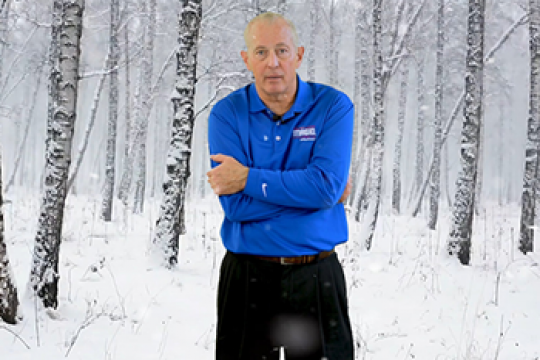
How to Treat Hypothermia on the Job
Anyone working in the cold is at risk for hypothermia. And while we usually think of it as an outdoor problem for agriculture or construction workers, even indoor workers in freezers and other cold environments can be susceptible.
What is Hypothermia?
Hypothermia happens when your body loses heat faster than it can produce heat, causing a dangerously low body temperature.
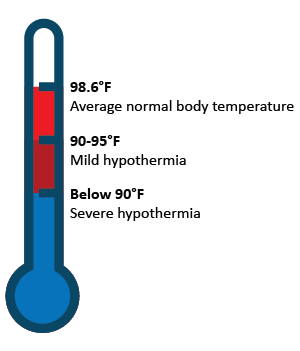
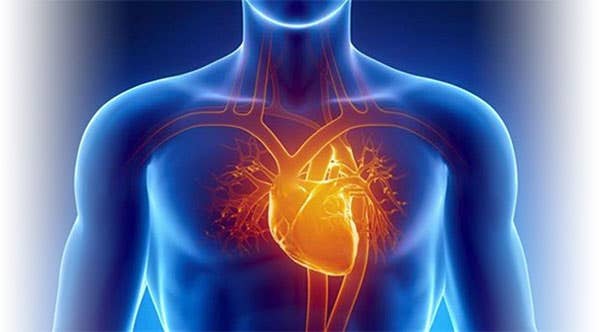
What Causes Hypothermia?
Hypothermia can be caused by exposure to cold conditions or immersion in cold water. When your body temperature drops, your heart, nervous system, and other organs can't function normally. Left untreated, hypothermia can lead to complete failure of your heart and respiratory system and eventually to death.
Hypothermia Symptoms

Shivering
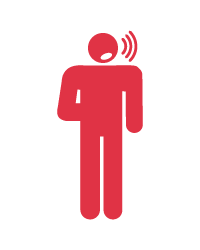
Slurred Speech or Mumbling
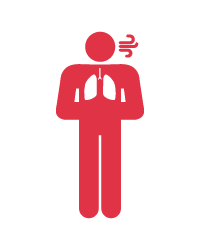
Slow, Shallow Breathing

Weak Pulse

Clumsiness or Lack of Coordination

Confusion or Memory Loss

Drowsiness or Very Low Energy

Loss of Consciousness
Hypothermia Treatment
- Call 911 or get medical help immediately if you suspect hypothermia.
- Handle your worker with care. Excessive or vigorous movements can trigger cardiac arrest!
- Move your worker out of the cold if possible. If not possible, shield your worker from the cold and wind.
- Remove any wet clothing. If necessary, cut clothing away to avoid any jarring movements.
- Cover the worker with blankets. Cover their head and leave only the face exposed.
- If you’re outside, lay your worker on his or her back on a blanket. Don’t lay them directly on the ground.
- Monitor breathing. A person with severe hypothermia may fall unconscious. If the person stops breathing, begin CPR if you’re trained.
- If the person is alert, give them a warm beverage.
- Apply a first-aid warm compress on the back of the neck, chest, or groin. Don't apply a warm compress to the arms or legs. Heat applied to the arms and legs forces cold blood back toward the heart, lungs, and brain, causing the core body temperature to drop even more. This can be fatal.
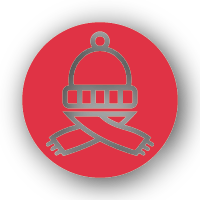
Cover Up
Make sure your workers cover their head, neck, and face when working in cold conditions.

Don't Overexert
Avoid activities that cause workers to sweat too much. Wet clothing and cold weather cause body temperatures to drop quickly.

Dress in Layers
Have workers wear layers to trap heat near their body. Wool, silk, or polypropylene inner layers hold body heat better than cotton does.
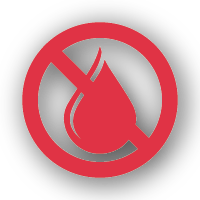
Stay Dry
Make sure your workers’ cold weather gear is water repellent. If they do happen to get wet, have them get out of wet clothing as soon as possible. Make especially sure workers keep their hands and feet dry while on the job.
| Send your workers a quick safety training video to remind them how to prevent hypothermia! GIVE ME VIDEOS |
Download our FREE Cold Weather Safety Training Presentation to teach your workers how to stay safe in cold weather conditions! SHOW ME TRAINING |



